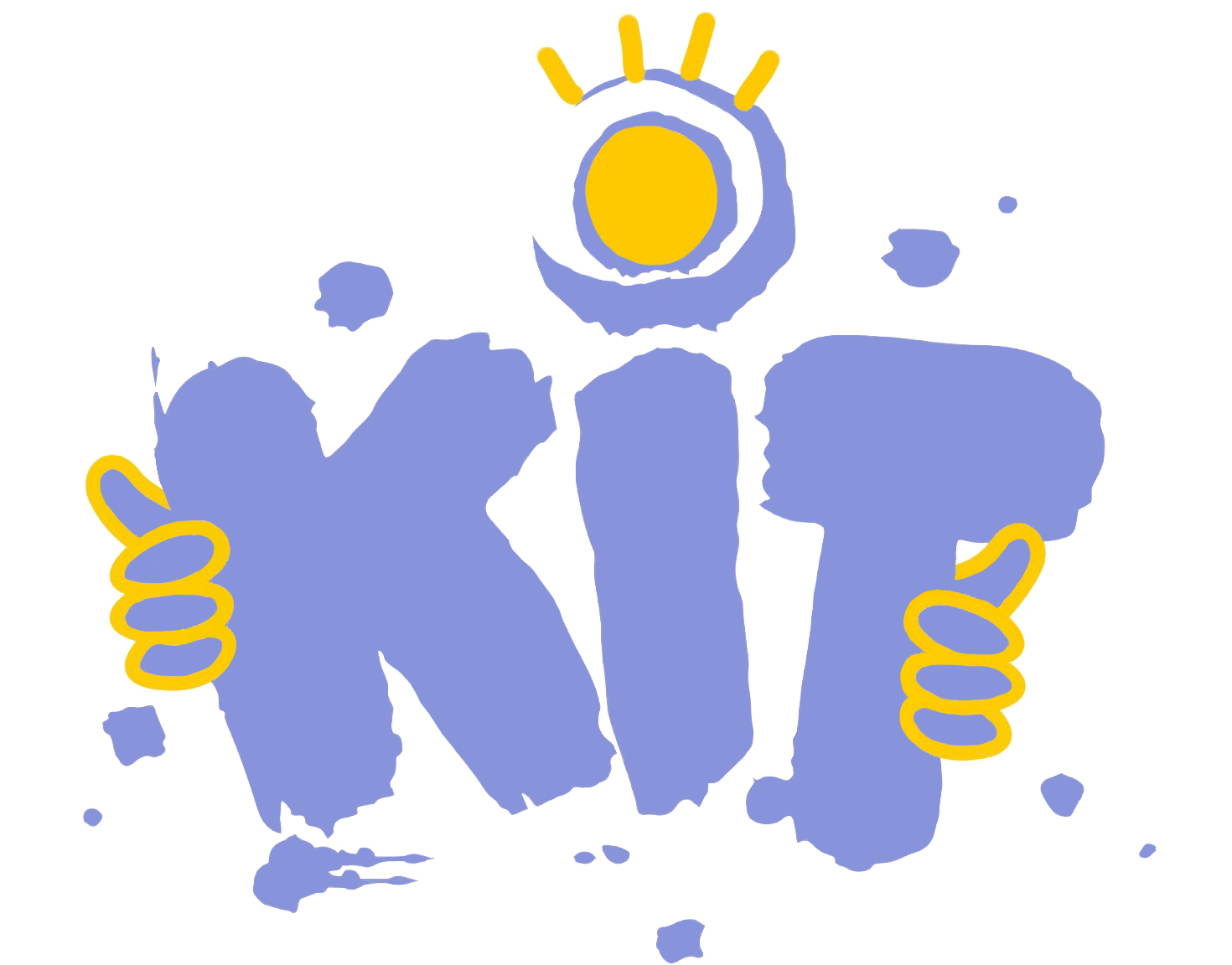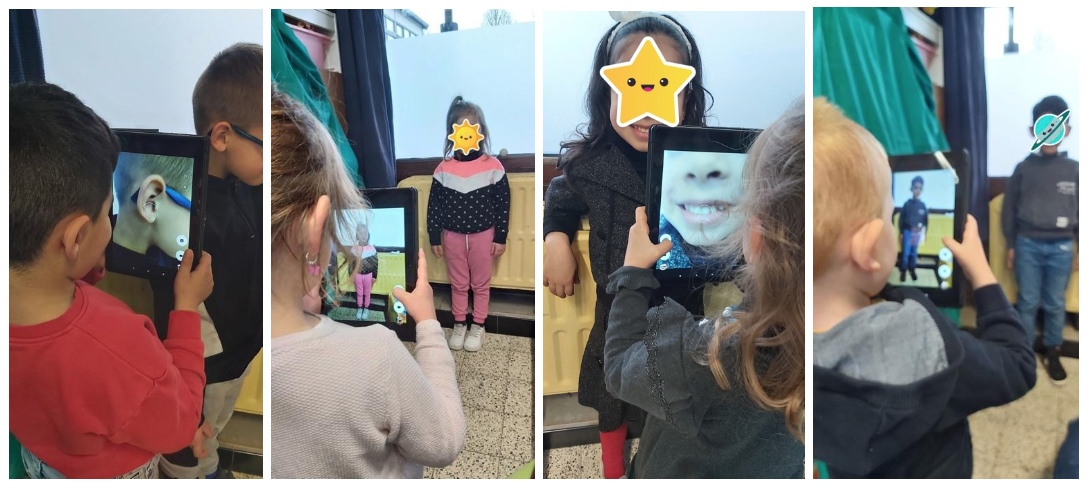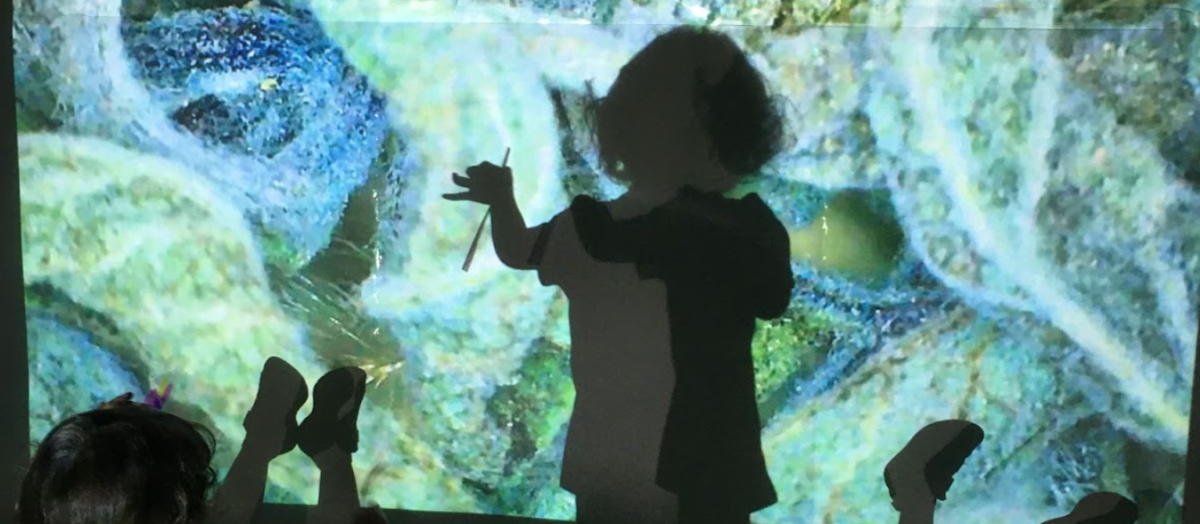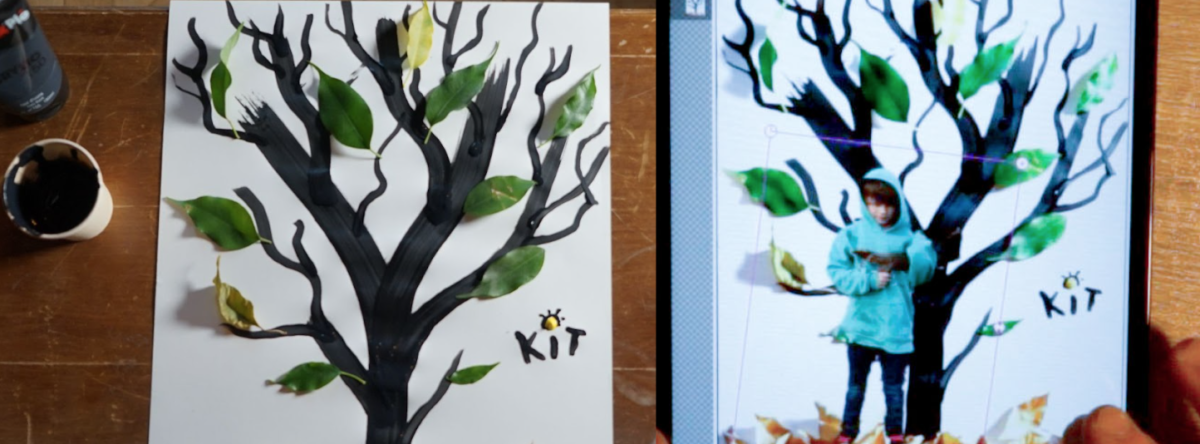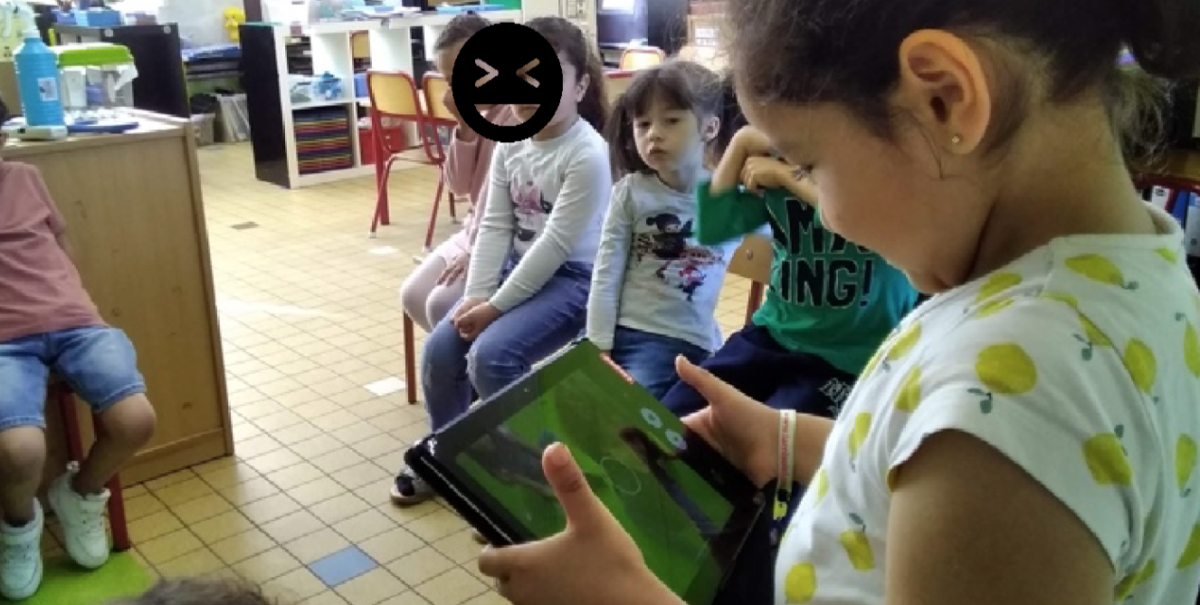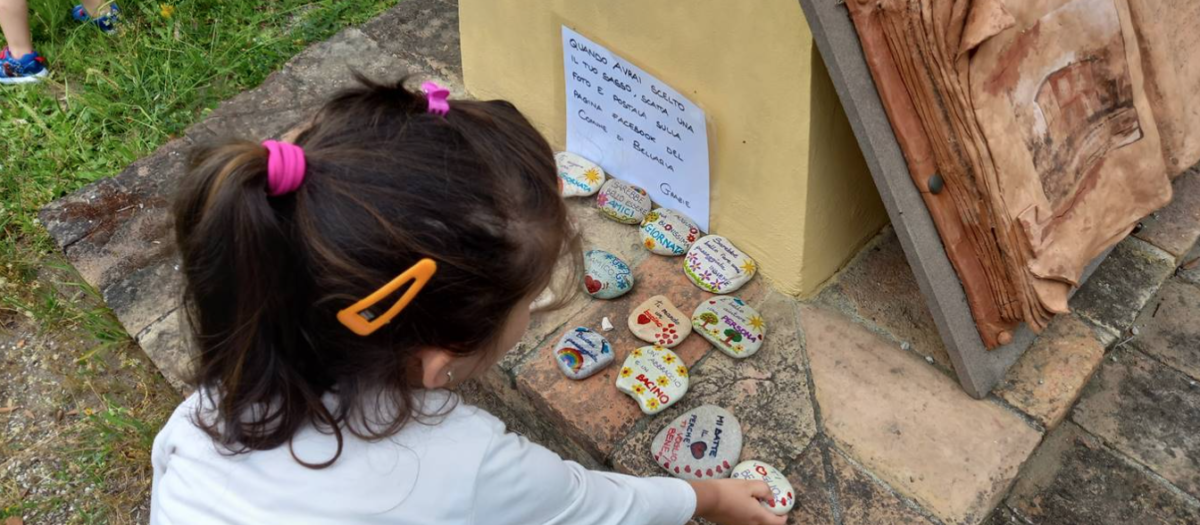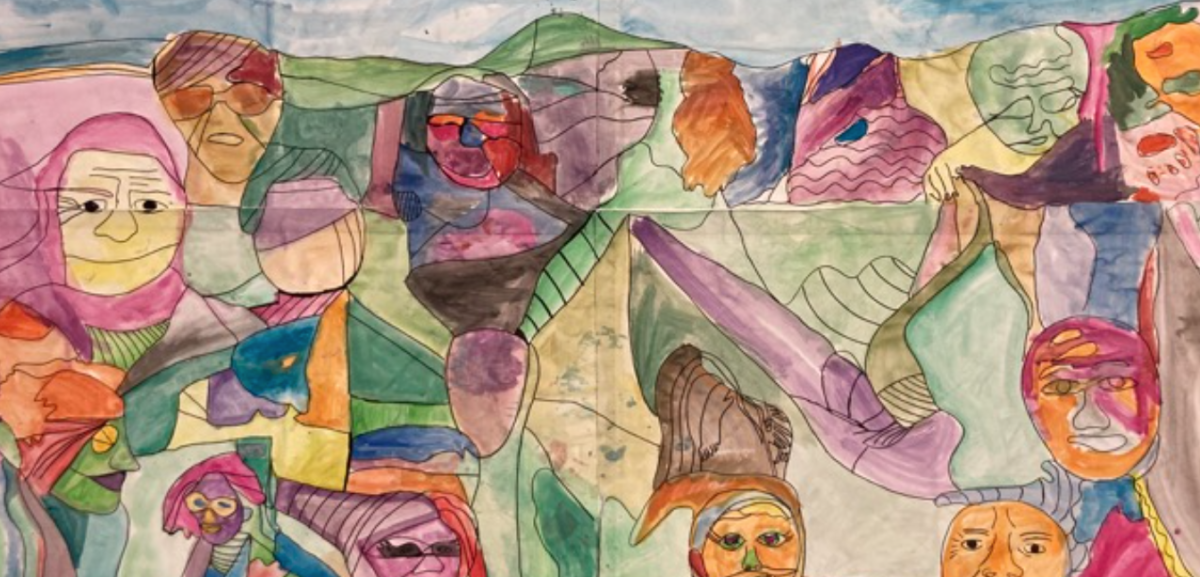How can photography convey different messages?
This workshop provides an introduction to photography and to the concepts of point of view and framing. The children shall start by observing the photos in class and at home, then they will be given opportunities to learn how to take photos on their own. They will practice portrayal by taking pictures of their classmates, from an overall portrait to a single small detail, before visually preparing a psychomotricity exercise to be carried out in class.
An idea from
Laurence Vannerum, Gosselies Providence Fondamental School, Gosselies – Belgium and Laurence Marchal, École libre des 3 vallées, Viroinval – Belgium, in co-design with Média Animation ASBL
Time
3 hours at school split over 7 activities, 4 activities with the family
Age
5-6 years
Objective
- Understand that the content of a photograph is the result of a specific intention of the photographer.
- Discover the notions of image framing, point of view and focus.
- Foster creativity through the invention of psychomotor exercises.
#physicalactivity #photography #portrait #sport #mediaeducation
